Winter Road Trip Tips
As an Amazon Associate, I earn from qualifying purchases. We may receive a commission for purchases made through these links. This site also contains affiliate links to products besides Amazon, like Etsy. We may receive a commission for purchases made through those links too (at no additional cost to you).
Travel Tips for Winter
Going on vacation to places where you can experience all things ice and snow can make for some great fantastical adventures. You can go skiing, snowboarding, snowmobiling, ice skating, ice fishing, or even climb a frozen waterfall! There is no limit to the fun and adventures you can have in a place that has a ‘real’ winter. However, there are some key differences that you will want to be aware of when you start driving in wintery conditions. If you have never driven in snow before (or if it’s been a while) make sure you review these winter road trip tips to help keep you safe on the road during your next snow-filled vacation.

Winter Road Trip Tips
The most important thing to keep in mind as your drive through different states is that every state will handle snow and ice differently. The states that get snow often are better equipped to stay on top of keeping the main roads clear of snow and salted to limit ice build-up. The roads in states that don’t get snow regularly will take longer to get snow plows out and therefore their roads will be more difficult to navigate during snowstorms. The amount of snow and ice on the roads makes a huge difference in how and if you will want to drive.
Learn the law.
Because each state will have different snow-related traffic laws based on its ability to handle snow and ice. When there is a snowstorm in Minnesota, which is very well-equipped to handle high levels of snow, they may have a few roads that shut down in extreme conditions but overall, it is ‘drive at your own risk’. In Ohio, you can get a ticket if you are caught driving on the road depending on what snow emergency level is declared for each county.
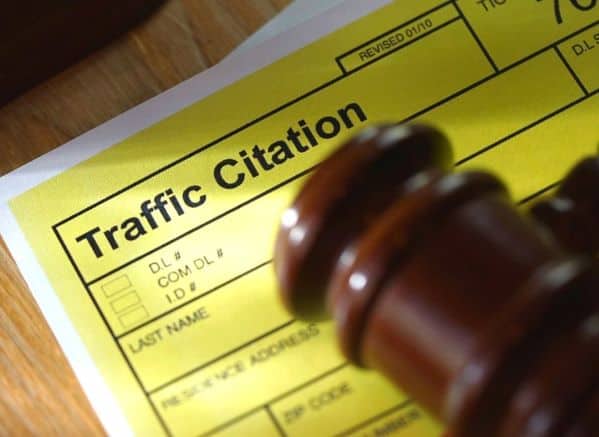
Learn how your car handles snow and ice.
Knowing your car’s capabilities will help you decide whether it is safe enough for you to drive depending on the road conditions. Lighter vehicles tend to be harder to drive in snow than heavier vehicles. Many people add weight to their cars by carrying cat litter, rock salt, or bags of sand in their trunks during winter to help with this problem- though it may not fix it entirely. The type of tires your vehicle has will also affect how your car will drive in snow.
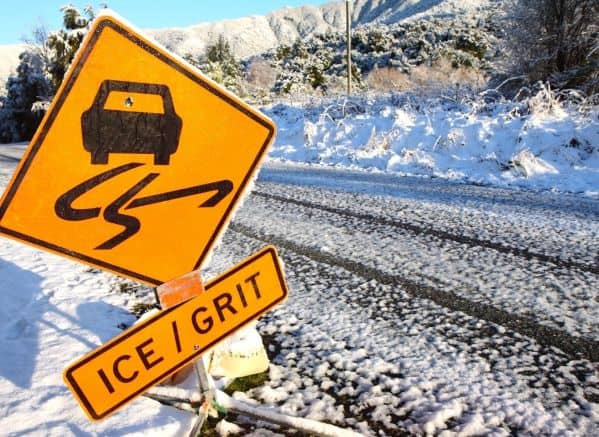
Personally, I am very comfortable driving during poor winter road conditions, but I won’t take my current vehicle out until the roads are clear because it doesn’t handle snow well.
Get proper winter accessories for your car.
In the event of snow, it is always helpful to have these items in your vehicle, ice scraper, shovel, and cardboard. An ice scraper will help you clear the built-up snow and ice on your windows, headlights, and windshields so you can see and be seen on the roads. The shovel is to dig your car out of a snow pile if you get stuck. The cardboard will help you gain traction if your vehicle is stuck on ice by placing it under your tires.
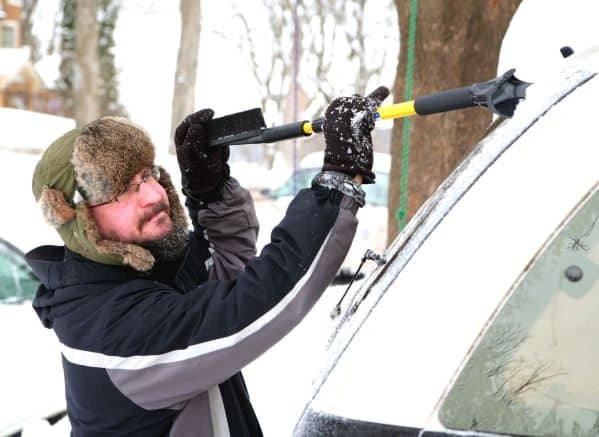
Keep an emergency kit in your car.
Your kit should have jumper cables, blankets, flares, and lots of snacks. Your car battery is more likely to die if it’s low in freezing temperatures and having jumper cables can get you on your way quickly. If your car breaks down or you slide off the road, you will want flares to show rescuers where to look. Due to the risk of hypothermia and of getting lost in a snowstorm, you should always stay with and preferably inside your vehicle. The blankets and food will help you survive until they can clear the roads or help comes. Make sure you have water for your longer trips but remember to be careful with leaving liquids in your vehicle.
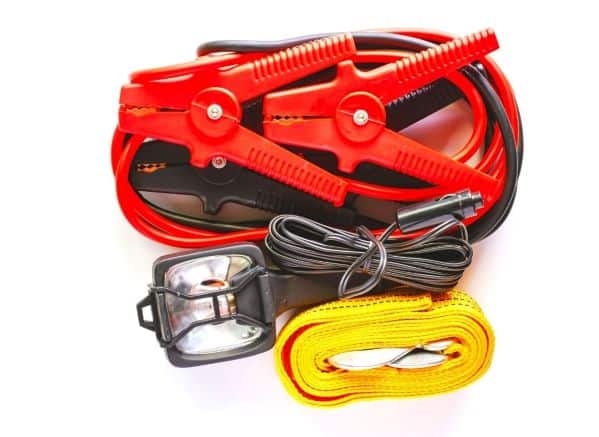
Do not keep liquids in your car in freezing temperatures.
My husband thought that soda cans exploding in your car wasn’t a real thing. IT IS! Liquids expand when they freeze. So, if you have full bottles or cans in your car and it freezes, they will crack or explode leaving a mess for you to pick up. It is also very loud and scary if you are in your car when it happens.
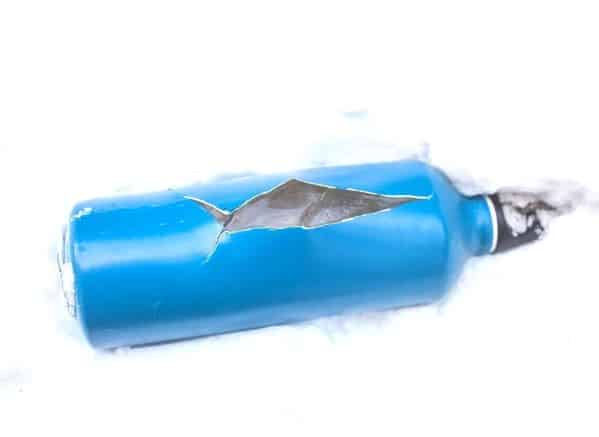
Winter Windshield Tips
- Make sure you’ve changed out your windshield wiper fluid for the kind that does not freeze. This is easy to forget but is very important as you will have to find a way to thaw the fluid if it freezes to remove it later. (This happened to me, and it was not fun).
- Lift your windshield wipers off your windshield before a snow or ice storm. Sometimes the rubber on your wipers can freeze to the ice on your windshield and if you use them before everything is thawed, the rubber can break off and you will need new wipers.
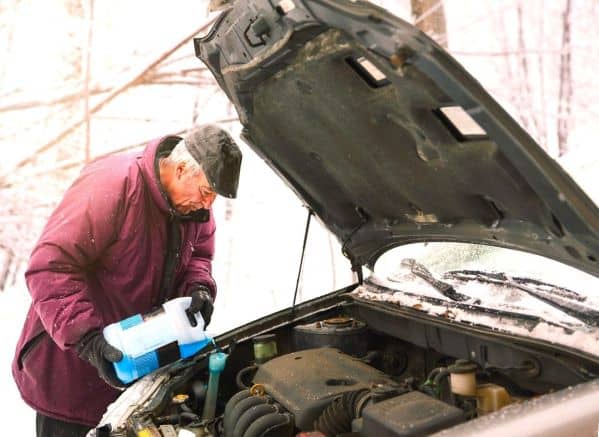
Take it slow and brake early
If it is snowing or the roads are slippery, the most important thing is to take it slow. If the streets are icy, it can take several extra car lengths after you have started braking before your vehicle will come to a complete stop. Keep in mind that black ice occurs more often in areas where cars tend to idle, like at lights and stop signs. This is why you should start slowing down much further back than usual when approaching them. Aim to have your car stopped a car full length before where you will need to be. This way you will be less likely to hit a patch of ice and slide into the intersection.

You can also temporarily lose control of your car by taking a turn at a ‘normal’ speed in less-than-ideal road conditions. It’s helpful to ‘test’ the roads by seeing how much control you have with your steering and how your brakes are working BEFORE you get to a point of needing them. I tend to try out my brakes on the road in front of my house and on different roads (as long as there is no one behind me). I do this to help me know what to expect in case I have to brake suddenly.
Prepare for weather related delays.
Depending on where you are traveling, some roads close completely for winter or during storms. Other roads, especially in mountainous areas, will require all vehicles to have chains on their tires. Leave enough leeway in your travel plans and budget for re-routing or delays due to storms. When in doubt, it will always be better to pull over and park somewhere until the roads clear up than to try to power through.

Be Prepared
The most important part of preparing for a winter road trip is to be prepared. Winter driving can be scary but with a little preparation, it really isn’t that bad. As long as you take your time, pay attention, and have the proper gear you should be fine! Whether you end up with a rental car or need to make sure your own vehicle is winter safe, don’t let the idea of a little snow or ice on the road hold you back.
If you are traveling with your dog, take a look at our Winter Dog Tips to help prepare you and your dog for a fun snow-filled time!
Pin For Later:

Amazon and the Amazon logo are trademarks of Amazon.com, Inc, or its affiliates.


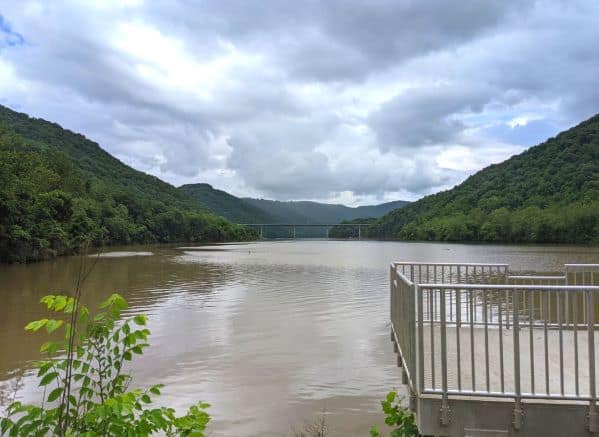
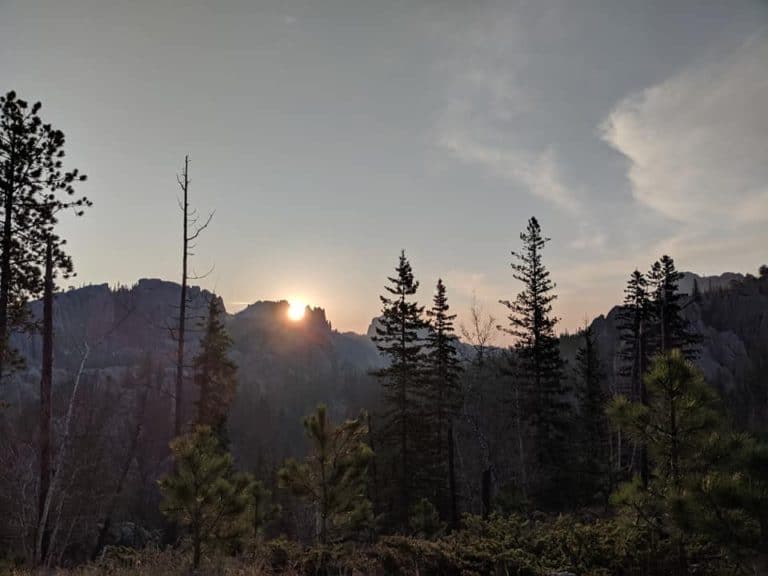
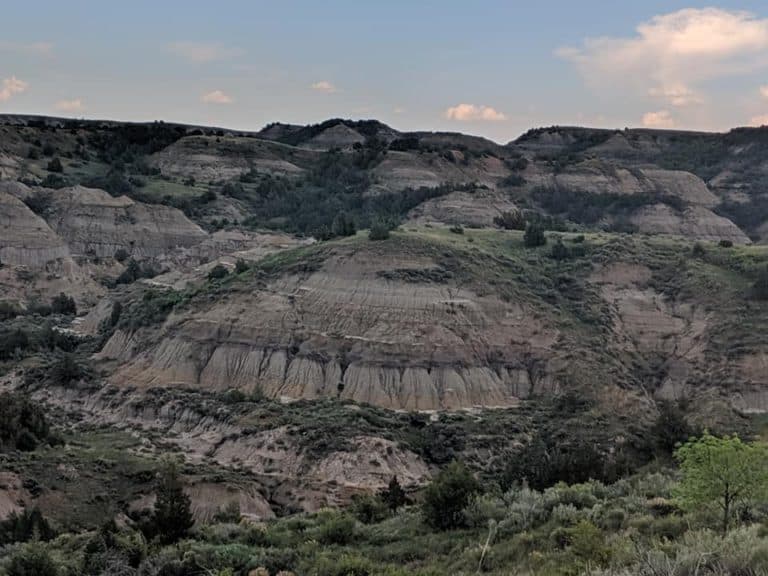


I definitely need to take the time to stock my car with an ice scraper, shovel, and cardboard like you suggested now that it’s the snowy season – I found myself having to wipe away the ice with my glove the other day so I wish I had found your tips beforehand! Thanks for sharing 🙂
I’ve used all of it several times now. I used to just keep a scraper in my car but Snow Plows aren’t as plentiful in Ohio so getting stuck happens more often especially on the residential streets during and a few days after a big storm.
I absolutely hate driving in winter, so anything I can do to make myself feel better is great! Love these tips.
I never realized how much was ingrained in me growing up until my husband experienced his first few snowfalls! He inspired me to these tips for fellow Floridians 🙂
As a Canadian, we do far too much winter driving. Great to provide some tips on how to do it safely. The one we are not used to is rules requiring tire chains since we don’t use them at home. Being prepared is surely most important!
I’ve never had to use them, but my brother had to re-route out West before because some roads through the mountains required them.
Growing up in the Northeast definitely served me well when it comes to prepping for winter drives! I can attest to everything you mentioned here, and even living in Houston now, I still keep a warm blanket and other emergency essentials in my car just in case! Xx Sara
I am huge on keeping snacks in my car and having a pillow and blanket. Never know when you might be stuck somewhere!
I have gone on plenty of road trips in the snow, some pretty were crazy experiences. At this point in my life, I think I would rather fly!
I’m much more likely to wait out a storm before driving cross-country but I hate the stress of canceled flights and trying to find lodging. It’s a no-win situation
These are great tips. We have a lot of snowy roads where I live. While I don’t like driving in the snow (and don’t if I don’t have to), I realized last time that everyone was keeping a great amount of space and driving slowly, which really helped when someone lost traction.
I didn’t realize how much was automatic for me until my husband (who had never seen snow) was asking why I was driving differently
These are all ESSENTIAL!! I’ve lived in NE Ohio my entire life and still hate driving in the snow lol
I don’t mind driving in snow in Minnesota….not so much here in Ohio!
We have had two times when traveling during winter where these tips would have been super nice to have. The windshield wiper fluid was freezing….we thought we were running out!
That happened to me when I was driving up from Florida to Minnesota…I thought something was broken! Had to find a heated garage to get things moving again
We don’t get much crazy weather in the winter where I’m at, but when we want to drive to see the snow I get so nervous about the roads. These tips are great!
Glad you found them helpful!
Yes! I love all of this! Growing up where we got horrible winters, I’m pretty comfortable driving as well. Always leave earlier and take your time. Such good suggestions! I love going on Winter Vacations! Thank you!
You’re welcome 🙂
These are such important winter driving tips!! I do most of this even for just trips around the city. I also have a foldable shovel in the car just in case I get snowed in somewhere I park!
ooooh, I’ll have to see about a foldable shovel. So much more convenient than the full size one in my car!
I’m a fan of always being prepared, but generally I avoid the snow now.
Snow driving isn’t for everyone 🙂 My mom refuses to do it for the most part
These are great weather road tips. We get a ton of snow where I am and it can be very scary. I’ve spent 8 hours trying to get home from work when it would normally take 45 mins. These tips are crucial. Thanks for sharing.
Thank you! Just in time for this massive snow event this week!
Great advice, especially with the crazy winter this year. Personally, I prefer to stay off the roads when they are bad, not so much because I don’t know how to drive in bad conditions, but more so that I don’t trust the other drivers on the road.
Not knowing how well the other drivers do with winter driving is the scariest!
These are such helpful suggestions for winter road trips!